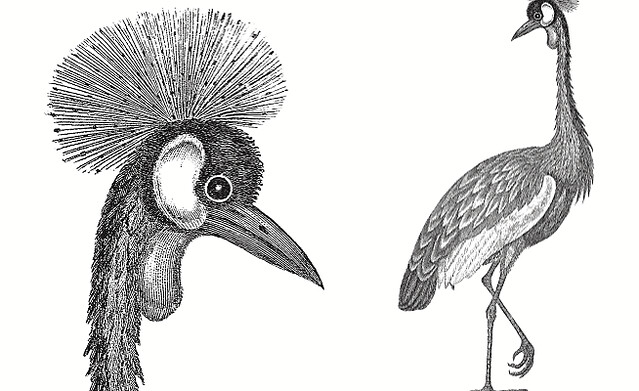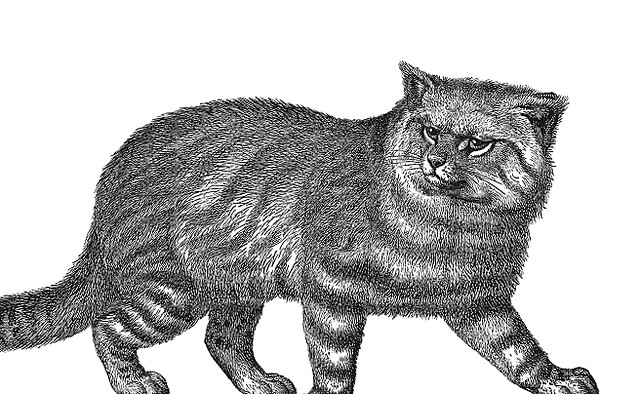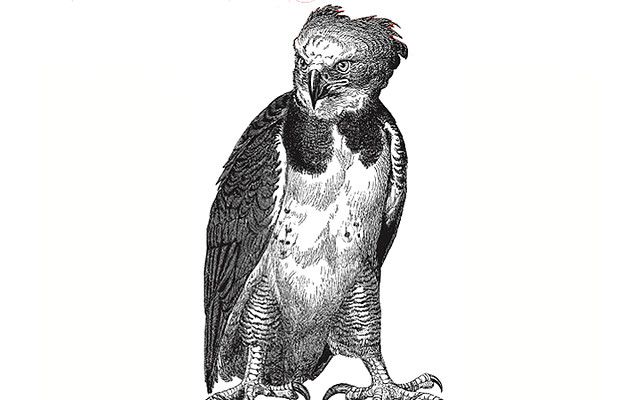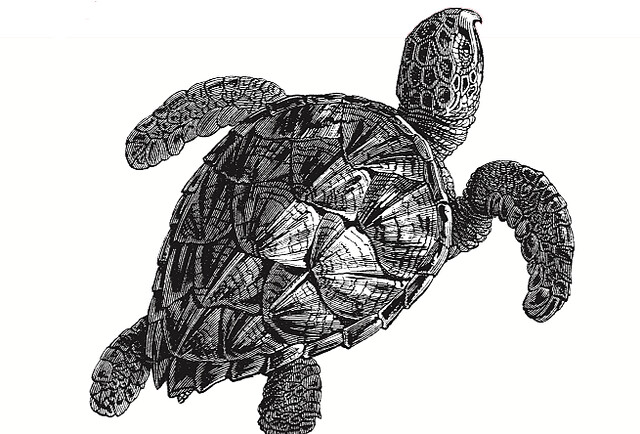Animalia

Grey-Crowned Crane
Balearica regulorum


2 POINTS
Play: Balearica regulorum has a FLIGHT of 2.
Fact: Balearica regulorum is the national bird of Uganda.

Northern Krill
Meganyctiphanes norvegica


3 POINTS
Play: Meganyctiphanes norvegica has a MOVE of 1. Should be played adjacent to a PLANKTON card.

Addax
Addax nasomaculatus


4 POINTS
Play: Addax nasomaculatus has a MOVE of 2.
Fact: The slow moving Addax nasomaculatus is hunted as a game animal.

Pampas Cat
Leopardus colocolo


6 POINTS
Play: Leopardus colocolo has a MOVE of 2.
Fact: Leopardus colocolo is native to the west Andean slope in central and northern Chile.

Harpy Eagle
Harpia harpyja


7 POINTS
Play: Harpia harpyja has a FLIGHT of 2
Fact: Harpia harpyja is an apex predator, meaning that adults are at the top of a food chain and have no natural predators.

Hawksbill Turtle
Eretmochelys imbricata


4 POINTS
Play: Eretmochelys imbricata has a MOVE of 2
Fact: Until the practice was outlawed, Eretmochelys imbricata were harvested for their shells, which were used for decoration